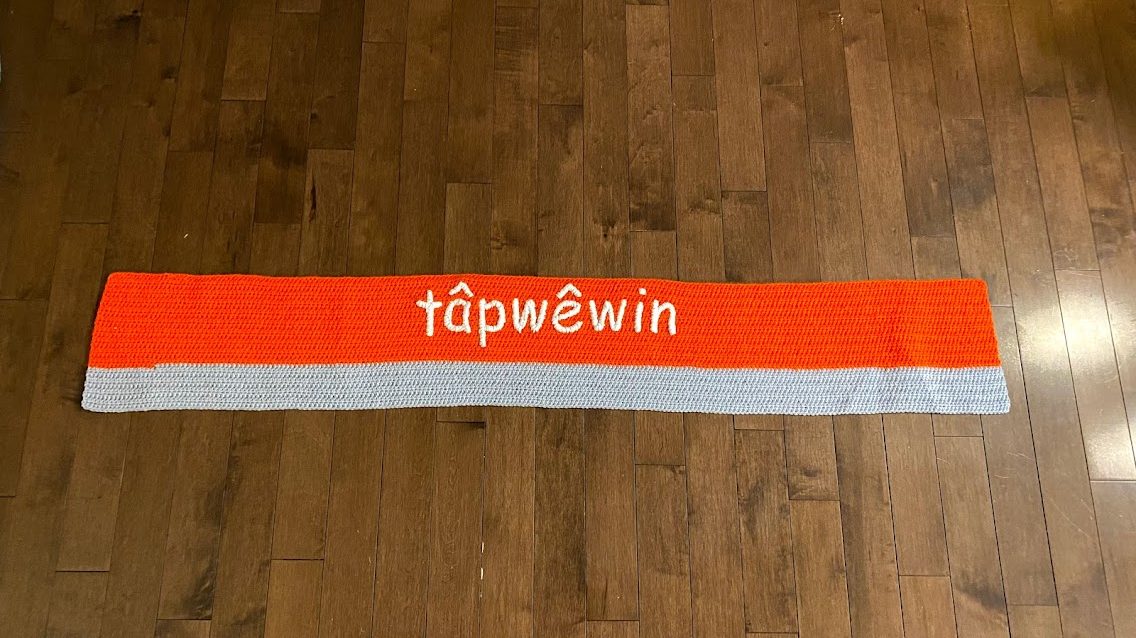Critical Teaching Manifesto
I am a white, able-bodied, heteronormative, middle-class, cis-woman living in Treaty 4. My ancestors came to this place to live off of stolen land and intended to stay, and for that reason, I call myself a settler Canadian. I am grateful to live and learn alongside youth on this land as an uninvited guest.

One of my core beliefs about education comes from a term I learned in my ECCU 400 course: tâpwêwin. This term means telling the difficult but necessary truths with precision and accuracy. Only after truth-telling can reconciliation be achieved; as Grafton and Melancon state in The Dynamics of Decolonization and Indigenization, “There is no reconciliation without truth, nor without real institutional and political change” (p. 140). This same sentiment stuck with me from the beginning of my university journey when my first-year ECS professor told us that it is Truth then Reconciliation rather than Truth and Reconciliation. This idea of truth-telling also applies to other social justice issues, as I ask students to ponder the truth of these inequities and challenge existing norms.
Showing comprehension in various ways, such as dramatic performance, rather than only relying on written response, is essential. Using drama can also increase engagement, and Irish (2011) states that “active approaches would both promote greater understanding in her low ability students and stretch the interpretive and analytical skills of her more able students” (p. 11). I believe that drama in the classroom opens doors for the exploration of ideas that traditional questions and responses cannot achieve, and it is for this reason, I will implement it in my classrooms.
I believe that the purpose of education is to expand your worldview and knowledge. It is for learning to share, care, and foster empathy for others. Another skill that is essential for students to have before leaving the education system is self-regulation. The work of Dr. Jody Carrington has been influential for me in this area. Jody Carrington explains the circle of security and its role in regulation. Educators will be their circle for some students, and we will serve as an attachment figure. Jody’s work has also tremendously opened my eyes in switching my perspective of students from attention-seeking to connection-seeking (p. 65).
References
Carrington, J. PhD (2020). Kids These Days: A Game Plan for (Re)Connecting with Those We Teach, Lead & Love. Impress.
Grafton, E., & Melancon, J. (2020). Chapter 8: The Dynamics of Decolonization and Indigenization in an era of Academic “Reconciliation”. In S. Cote-Meek, & T. Moeke-Pickering (Eds.), Decolonizing and Indigenizing Education in Canada (pp. 135- 153). Toronto, Ontario: Canadian Scholars.
Irish, T. (2011). Would you risk it for Shakespeare? A case study of using active approaches in the English classroom. English in Education, 45(1), 6-19. doi:10.1111/j.1754-8845.2010.01081.x